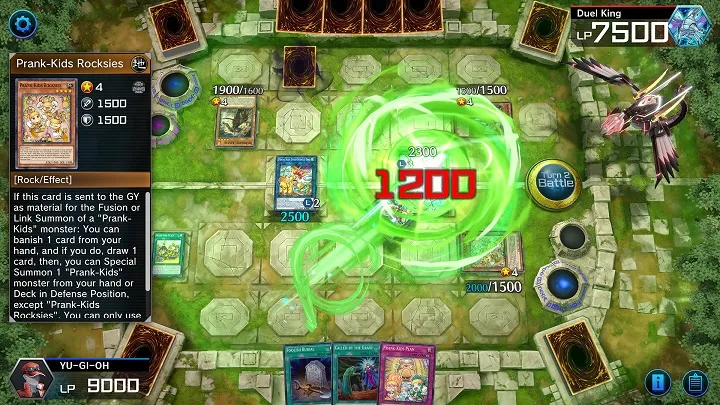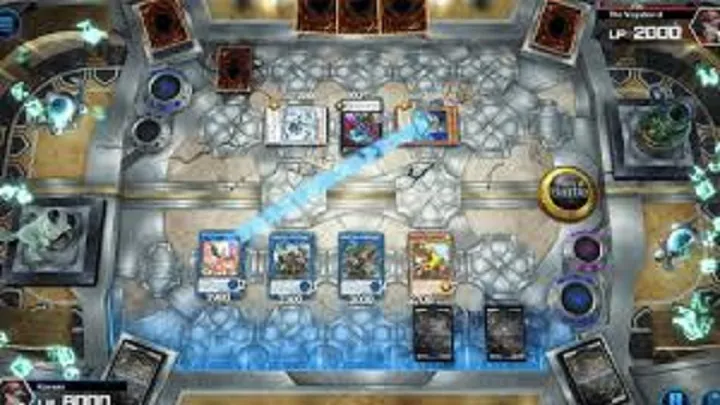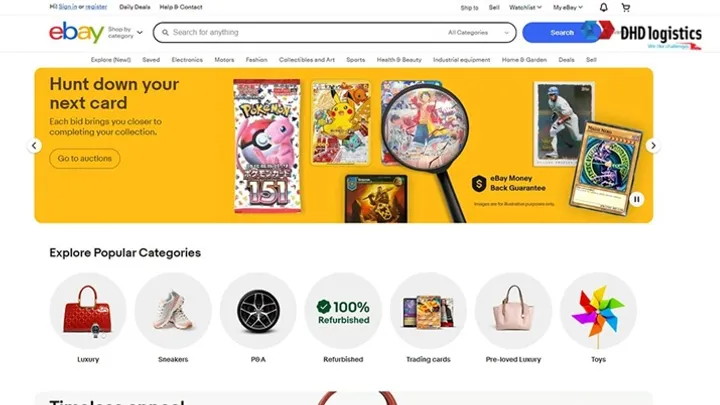Introduction
Yu-Gi-Oh! Master Duel has quickly become the definitive digital platform for experiencing the iconic trading card game. With competitive ranked ladders, special events, and constant updates, it captures the essence of dueling in a modern format. Yet beneath the excitement lies a persistent issue: the scarcity of Ultra Rare (UR) cards and the challenges tied to the crafting economy.
Unlike physical cards where players can trade, Master Duel’s crafting system controls how players build decks. URs are the backbone of competitive play, but they are expensive, limited, and tightly locked behind gacha-like pack openings. This creates tension between accessibility and exclusivity. In this article, we will analyze how this issue unfolds across different stages of play — from the first login to long-term competitive grinding.
The First Hours of Excitement and Limitations

When new players log into Master Duel, they are greeted with free gems, starter decks, and tutorial rewards. At first, the abundance feels liberating. Packs open, lights flash, and powerful cards appear.
However, within hours, players realize the limitation: most competitive decks require multiple URs, often 10 to 15 of them. For newcomers, the free gems only go so far. The scarcity problem introduces itself quickly — building even one top-tier deck feels daunting.
Learning the Crafting System
Once players unlock the crafting system, they begin dismantling unused cards for points. In theory, this creates freedom: turn what you don’t need into what you do.
But the conversion rates are strict. UR crafting points are the rarest, with only 10 points earned from dismantling a single UR, while most competitive cards cost 30 points each. Players learn the hard truth: you must sacrifice three URs to make one UR.
This harsh exchange rate reinforces scarcity. Every decision feels weighty — dismantle a UR that might become useful, or hoard in case of future decks?
Mid-Game Struggles and the First Deck Wall
After the honeymoon period, players aim to build their first meta-relevant deck. Here scarcity begins to bite.
H3: Example Deck Costs
- Sky Striker: ~15 URs
- Branded Despia: ~18 URs
- Spright: ~20 URs
- Kashtira: 20+ URs
For mid-level players, gathering this many URs is a long grind. Many resort to “half-completed decks,” weakening their chances in competitive ladders. Scarcity at this stage creates a barrier that separates casuals from competitive hopefuls.
The Role of Events and Limited-Time Rewards
Events like Duelist Cup or festivals provide gems and temporary loaner decks. While these soften scarcity, they also highlight the issue: loaner decks give a taste of competitive play without solving long-term UR shortages.
Players walk away from events with a handful of extra gems but still far from affording their desired deck. This stop-gap solution only delays frustration.
The Late-Game Grind and Resource Bottlenecks
Veterans of Master Duel know the grind well. Once the initial gem supply dries up, UR scarcity becomes a daily reality.
- Daily missions yield only small amounts of gems.
- Packs often drop bulk rares, with UR rates being stingy.
- Crafting remains bottlenecked by UR point scarcity.
The late-game economy feels punishing. Instead of expanding their deck collection, many players remain locked into one or two archetypes, unable to experiment freely.
The Psychological Weight of Scarcity

Scarcity does not just impact gameplay — it shapes how players feel.
H3: The Thrill of Crafting
Pulling or crafting a UR creates excitement. Each card feels valuable, making victories more satisfying.
H3: The Frustration of Limits
But the flip side is exhaustion. Knowing that every deck requires dozens of URs makes players cautious, hesitant, or outright discouraged. Some stop playing, fearing wasted investments.
Community Response and Coping Strategies
The Master Duel community has developed ways to cope with UR scarcity.
H3: Budget Deck Guides
Creators design “low-UR” decks for newcomers, helping them compete without spending everything.
H3: Tier List Adaptations
Communities track which decks require fewer URs, encouraging players to choose efficiency over preference.
Still, the frustration remains. Players constantly compare their desired decklists to their limited crafting economy.
Konami’s Balancing and Monetization Strategy
Scarcity is not accidental. It drives monetization. By making URs rare, Konami incentivizes spending on gems and packs.
H3: Special Pack Temptations
Special packs for new archetypes often feature key URs, pushing players to spend.
H3: The Monetization Cycle
- Players hit a UR wall.
- They buy gems to chase packs.
- They still lack points for crafting, encouraging more purchases.
This cycle fuels revenue but risks alienating the player base if scarcity feels unfair.
Future Adjustments and Player Demands
Many players call for changes: better UR dismantle rates, more crafting opportunities, or trading systems. Konami has been cautious, but adjustments could reshape the issue.
Possible improvements include:
- Increasing dismantle returns (e.g., 15 instead of 10 UR points)
- Introducing periodic UR crafting bonuses during events
- Allowing card trade-ins between duplicates and staples
Whether Konami listens will determine Master Duel’s long-term health. Scarcity can fuel engagement, but only if it does not cross into discouragement.
Long-Term Consequences for the Competitive Scene
Ultra Rare scarcity impacts not only individuals but the health of the competitive environment.
- New players face steep barriers, limiting fresh competition.
- Deck diversity shrinks as most settle into budget builds.
- Meta stagnates when only a few archetypes are realistically affordable.
If scarcity remains too restrictive, Master Duel risks shrinking its competitive ecosystem. Accessibility is key to keeping the duel alive.
Conclusion
Yu-Gi-Oh! Master Duel succeeds in capturing the thrill of dueling, but its crafting economy highlights a difficult truth: Ultra Rare scarcity defines the player experience. From the first hours to late-game grinding, players must navigate a system that values exclusivity over accessibility.
Scarcity can create tension and meaning, making URs feel special. But when scarcity turns into limitation, it risks frustrating players, shrinking deck diversity, and hurting long-term growth. The challenge for Konami is to find balance — enough scarcity to keep cards valuable, but enough accessibility to keep players engaged.
For now, duelists continue to fight, craft, and grind. The scarcity of URs is both the obstacle and the thrill, the reason Master Duel is rewarding yet exhausting.

















